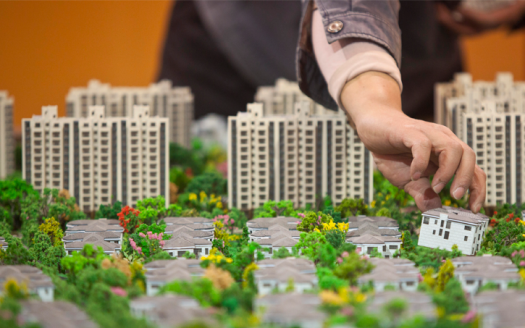Rubber Plantations
Rubber small holdings are suitable for private investors. Very small plantations to medium size plantations are available in the market. This is a labour intensive industry. A potential investor should take this into account before investing. Rubber plantation is a long term investment. An investor should not be overly concerned with the current problems in the rubber market. It is felt that over time the market will correct itself to sustainable level.
It should be noted that bulk of the rubber produced is consumed locally in the value adding industries. There for synthetic rubber is not a serious concern. The value adding industries will gradually move into high value market as the technology improves.
Increasing productivity and extent of land under cultivation are the two possible solutions to achieve a healthy export income from the rubber exports.
A recent study – Land Suitability for Sustainable Rubber Cultivation
in Moneragala District – shows that an additional 34,752 ha of land can be brought under rubber cultivation in Moneragala District alone. If such studies are undertaken in neighbouring districts, it will be found that a lot more land available for rubber plantations.
At present 133,668 ha of land is under rubber cultivation, of which 85,083 ha (63.4%) are small holdings and another 48,585 ha are managed by corporate sector. Rubber cultivation has be extended to non-traditional areas such as Ampara and Vavunia districts. By 2015, the rubber land is expected to increase to 148,000ha.
Rubber growers are encouraged by the Ministry of Plantations with the following subsidies:
Rubber replanting subsidy of Rs.175,000 per hectare;
Tea new planting subsidy of Rs, 150,000;
Supply of fertiliser at subsidised prices of Rs.1300 for a 50 kg mixed fertiliser and Rs. 1200 for 50kg of unmixed fertiliser.
Part of the rubber production goes into locally manufactured vale added products such as tyre and tube, rubber plates, sheets and belts, surgical and other gloves, carpets, mats and other rubber products.
Crisis in rubber plantations
Rubber plantations lose Rs.35 on each kilogramme of rubber produced. Average cost of production was Rs.327 whereas average sales produced only Rs.292.
Demand for rubber decreased due to the major buyer China now buying less, falling oil prices and reduction in price of synthetic rubber.




